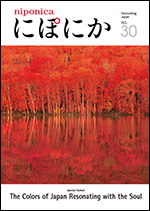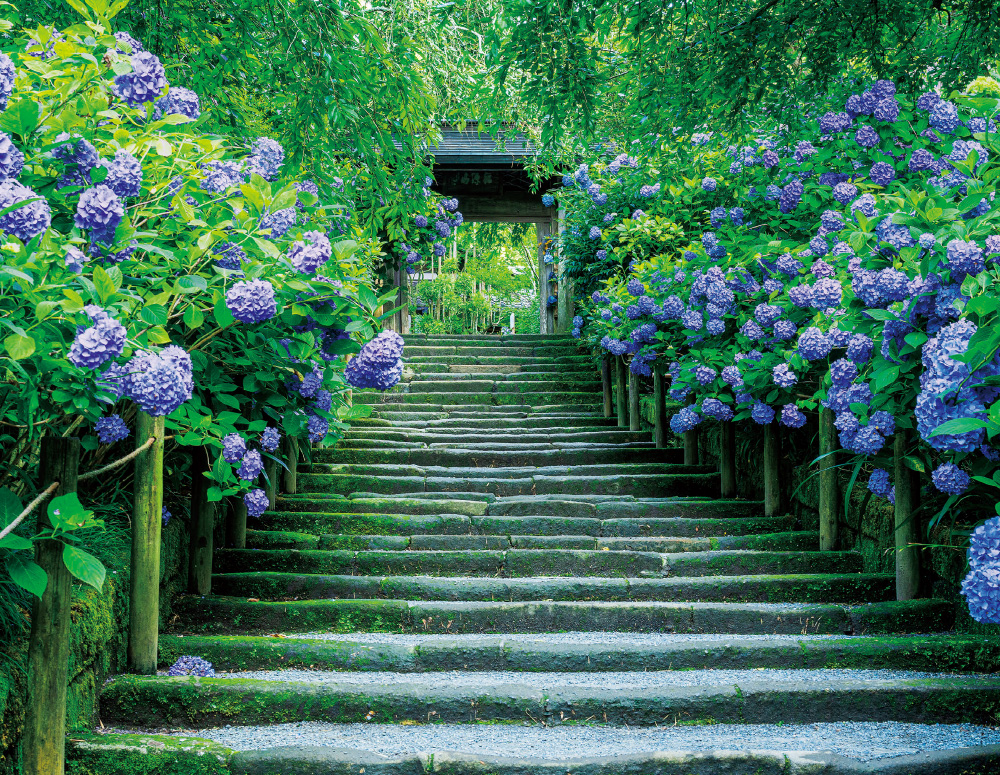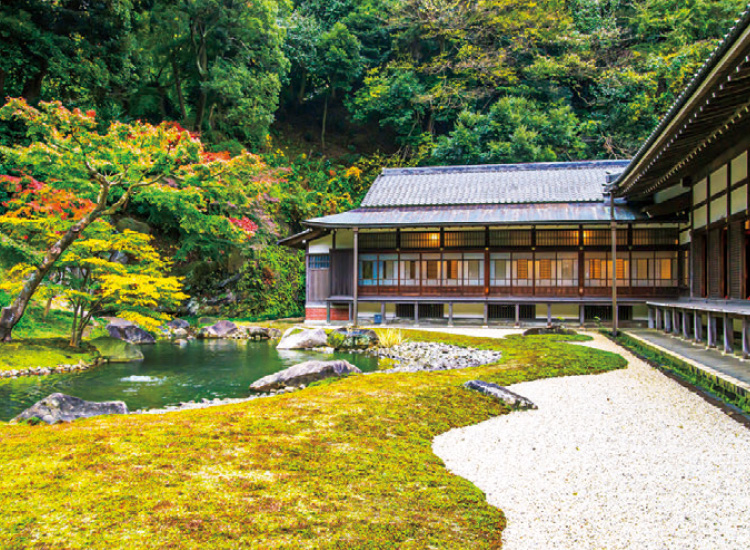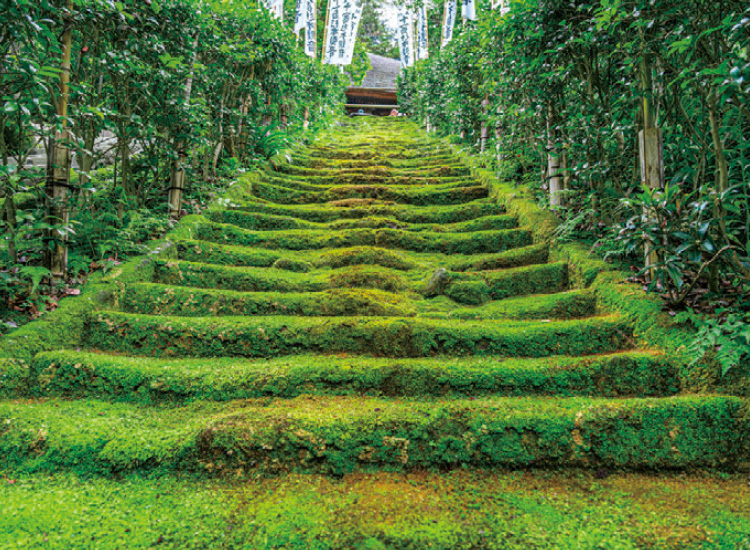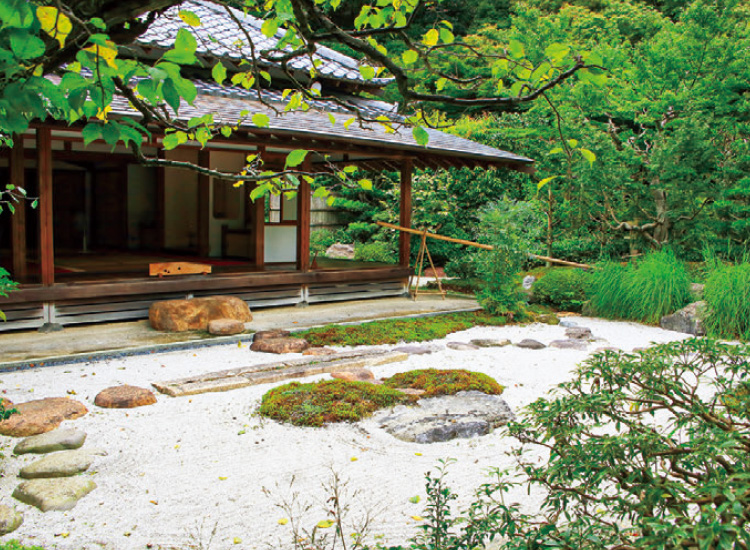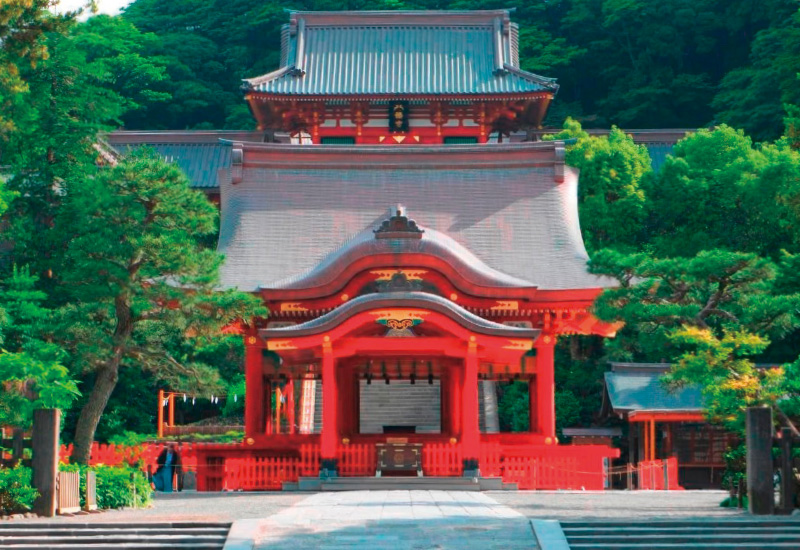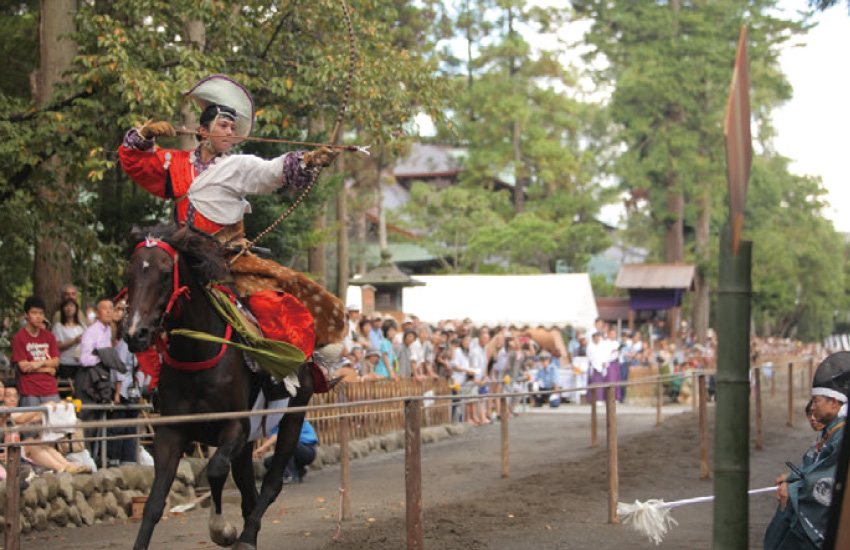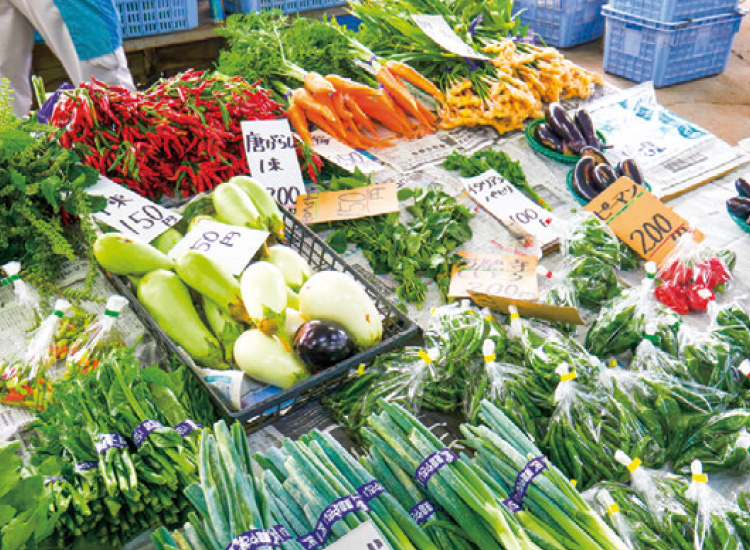
2021 NO.30
Menu
 Strolling Japan
Strolling Japan
Surrounded by mountains to the east, west, and north and the sea to the south, Kamakura offers the delights of nature throughout the city: from both mountains and sea.
With many elegant temples and shrines to discover, let’s stroll through Kamakura, the ancient capital of the shogunate.
Around June, several thousand hydrangeas, including the mountain hydrangea native to Japan, are in full bloom, immersing Meigetsuin in a gorgeous blue.
Kamakura was the first city in Japan for which a shogunate was established for its development from the end of the 12th century through to the 13th century. It has a rich history, having prospered as the center of Japan in all aspects from politics to culture. The charm of strolling through Kamakura is being able to visit Shinto shrines and Buddhist temples, which have witnessed this long history, while admiring the transitioning views of the four seasons. To enjoy this fully, we recommend starting from Kita-Kamakura Station. Many famous temples are in that vicinity, including Engakuji Temple, which is famous for its spring cherry blossoms and autumn foliage, and Meigetsuin, which is fondly called Hydrangea Temple; an array of flowers can be enjoyed throughout the year.
As you head south toward Kamakura Station while taking in the sights of the ancient capital, you will find the majestic Tsurugaoka Hachimangu Shrine, bustling with worshippers and tourists. The shrine is a central presence of Kamakura and could be considered the source of its culture. Many traditional events are held here, including the New Year festival on January 1 and the yabusame ritual of brave horseback riders dressed in Kamakura samurai-style hunting suits performing archery.
From Tsurugaoka Hachimangu Shrine, let’s head east along Kanazawa Kaido Road, around which you will find numerous stately temples and shrines. Sugimoto-dera Temple is an ancient temple, and its history can be gleaned from the moss-covered stone steps and thatched roof. Expansive views of the city can also be enjoyed from the grounds. Jomyoji Temple is spacious and perfect for a relaxing walk, while its tea ceremony room by the main temple offers a soothing view of the Japanese garden.
For a rustic feel of Kamakura’s four seasons, you should stop by the farmers’ market near Kamakura Station. You can buy seasonal Kamakura vegetables from more than 20 farmers who set up shop in rotation. Homes and local restaurants have benefitted from the Kamakura Farmers’ Market since it first opened in 1928. Fresh, colorful vegetables go on sale from 8am daily, and the market bustles with customers all day until it closes in the evening.
The Kamakura Farmers’ Market. Kamakura vegetables are grown in rich soil surrounded by the mountains and sea, and said to have a distinctly robust flavor.
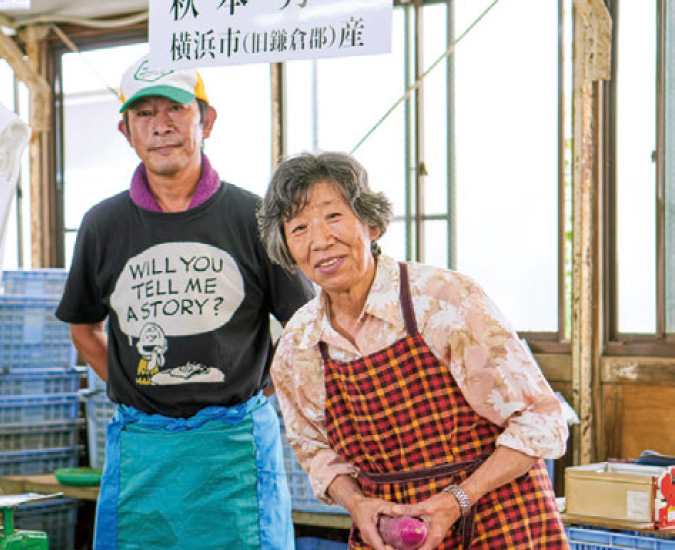
There are many farmer families at the market with three generations on hand.

